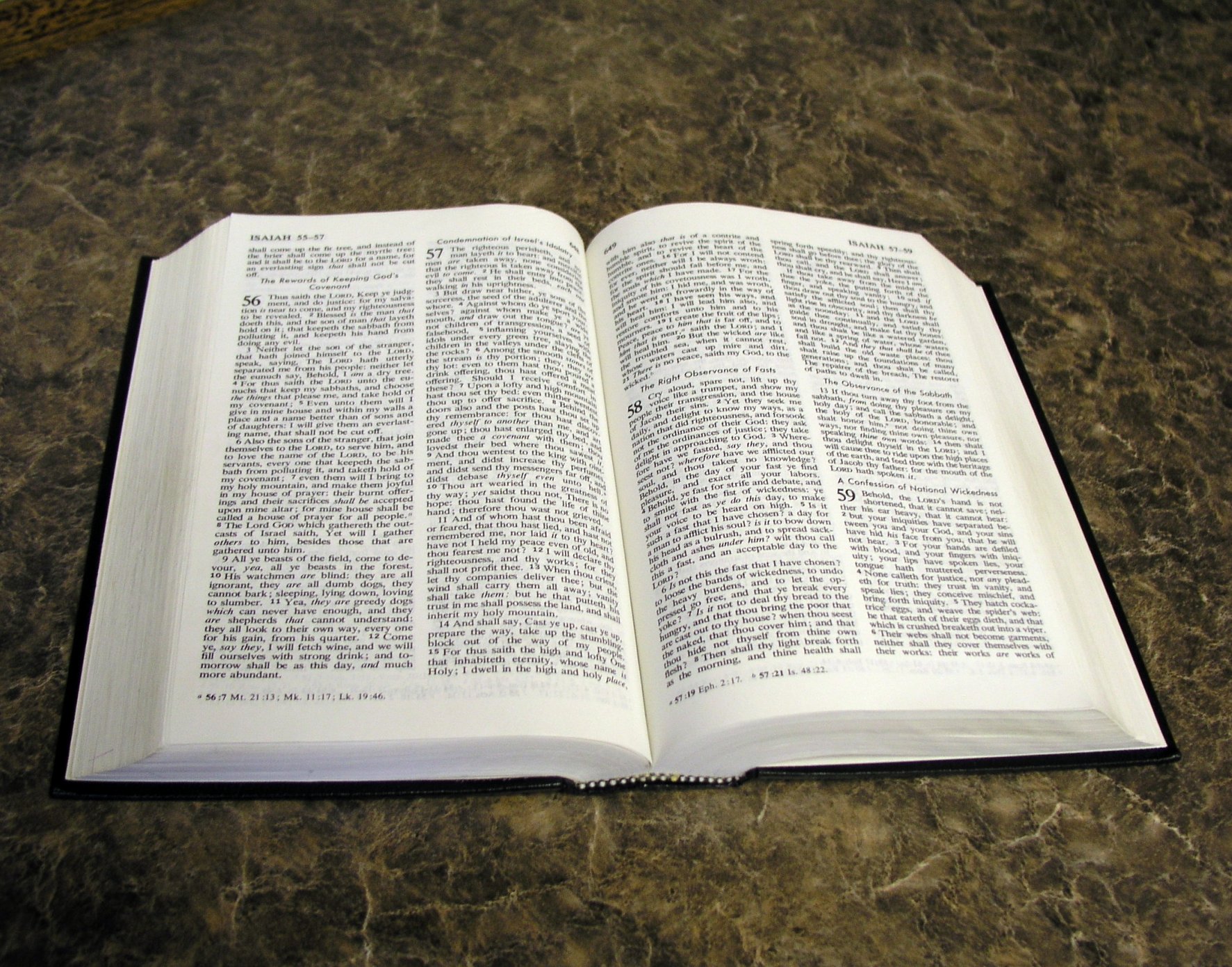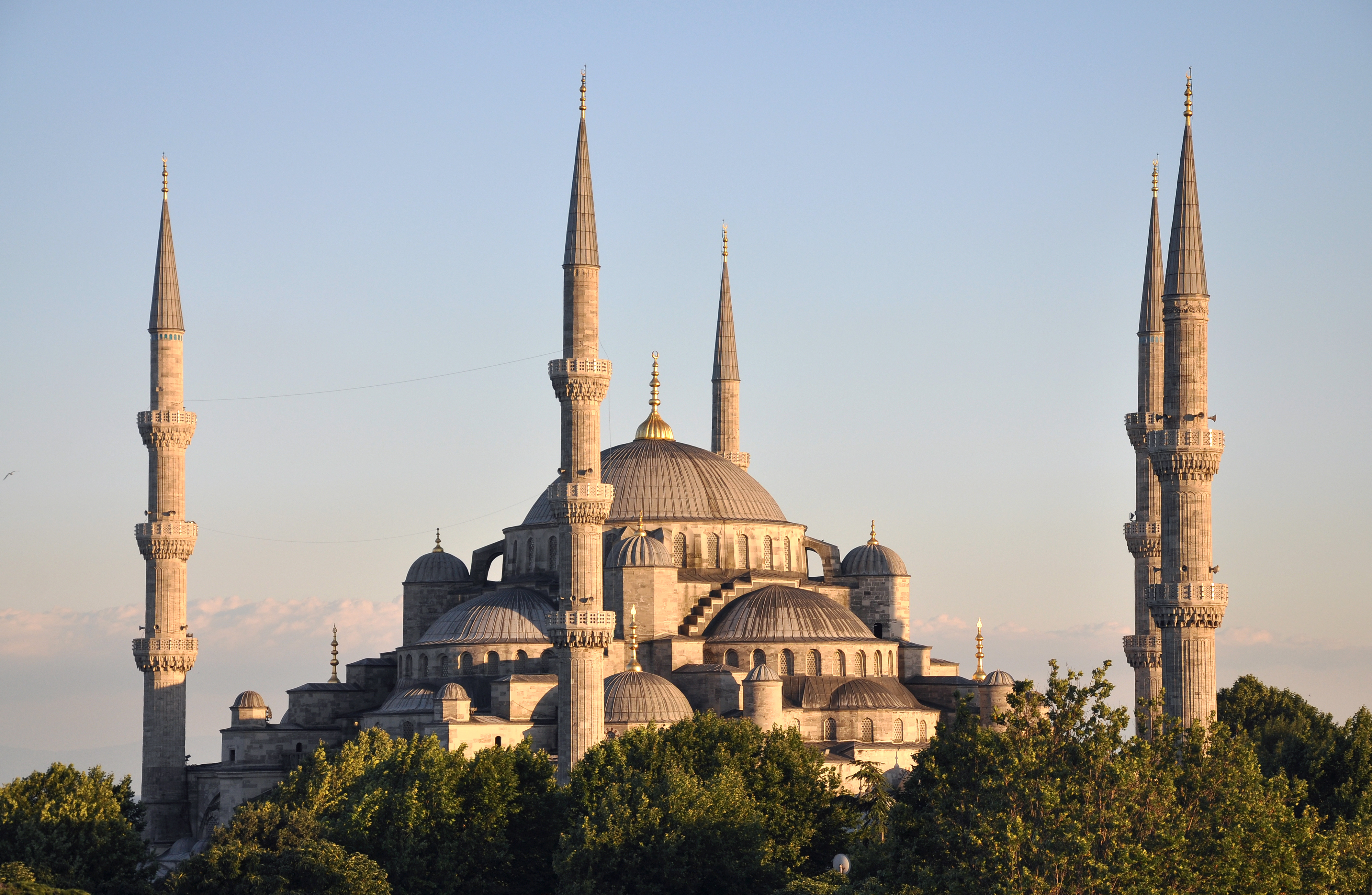|
Sunan Kalijaga
Sunan Kalijaga (1460-1513), born as Raden Mas Said son of a Duke of Tuban in East Java, Indonesia, was one of the "nine saints" of Javanese Islam ( Wali Sanga). the "Kalijaga" title was derived from an orchard known as "Kalijaga" in Cirebon. Other accounts suggest the name derives from his hobby of submerging himself in ''Kali'' ("river" in Javanese). Others note that the name Kalijaga derived its nature from the Arabic notion of ''qadli dzaqa'' which means "holy leader" in the sultanate. Names Sunan Kalijaga was known by the following names and titles: *Raden Said *Lokajaya *Syaikh Melaya *Raden Abdurrahman *Pangeran (prince) Tuban *Ki Dalang Sida Brangti *Ki Dalang Bengkok *Ki Dalang Kumendung *Ki Unehan *Pangeran (prince) Santi Kusuma Life Sunan Kalijaga was a close friend of Sunan Gunungjati, and is said to have lived to the age of one hundred. He witnessed the downfall of Majapahit, the kingdoms of Demak, Cirebon, Banten, and Pajang in 1546. Among his missionary act ... [...More Info...] [...Related Items...] OR: [Wikipedia] [Google] [Baidu] |
Tuban
Tuban is a town located on the north coast of Java, in Tuban Regency (of which the town is the administrative capital), approximately west of Surabaya, the capital of East Java. Tuban Regency is surrounded by Lamongan Regency in the east, Bojonegoro Regency in the south and Rembang Regency, Central Java in the west. Tuban town covers and in mid 2019 had an officially estimated population of 91,980. As an ancient town, Tuban is of considerable historical and cultural value. The most prominent feature is the beauty of the scenery such as beaches, caves, and forests, especially the teak forest. Tuban was formerly an important port in the Majapahit era and is mentioned in Chinese records from the eleventh century. An ancient anchor from one of Kublai Khan's ships is preserved in the historical museum. Tuban is believed to have been Islamised before its conquest by Demak ''c.'' 1527. Even following its Islamisation, it remained loyal to Hindu-Buddhist Majapahit in the int ... [...More Info...] [...Related Items...] OR: [Wikipedia] [Google] [Baidu] |
Kingdom Of Demak
The Demak Sultanate (کسلطانن دمق) was a Javanese Muslim state located on Java's north coast in Indonesia, at the site of the present-day city of Demak. A port fief to the Hindu-Buddhist Majapahit kingdom thought to have been founded in the last quarter of the 15th century, it was influenced by Islam brought by Muslim traders from China, Gujarat, Arabia and also Islamic kingdoms in the region, such as Samudra Pasai, Malacca and Bani (Muslim) Champa. The sultanate was the first Muslim state in Java, and once dominated most of the northern coast of Java and southern Sumatra. Although it lasted only a little more than a century, the sultanate played an important role in the establishment of Islam in Indonesia, especially on Java and neighboring areas. Etymology The origin of Demak was the settlement named Glagah Wangi. According to tradition, the first person that Raden Patah encountered in Glagah Wangi was a woman named Nyai Lembah, from Rawa Pening. Nyai Lembah i ... [...More Info...] [...Related Items...] OR: [Wikipedia] [Google] [Baidu] |
Sekaten
Sekaten (originated from Arabic word: '' Syahadatain'') is a week-long Javanese traditional ceremony, festival, fair and pasar malam (night market) commemorating Maulid (the birthday of the Islamic prophet Muhammad), celebrated annually started on 5th day through the 12th day of (Javanese Calendar) Mulud month (corresponding to Rabi' al-awwal in Islamic Calendar). The festivities usually took place in northern ''alun-alun'' (square) in Yogyakarta, and simultaneously also celebrated in northern alun-alun of Surakarta. This ceremony originally were initiated by Sultan Hamengkubuwana I, the founder of Yogyakarta Sultanate to promote the Islamic faith. Gamelan Sekaten On day one, the ceremony commences after the Isya evening prayer with a royal procession of royal guards and 'abdi dalem' court officials accompanying two sets of centuries old gamelan traditional music instruments, the Kyai Nogo Wilogo and Kyai Guntur Madu. The royal procession, led by the Sultan and Governor o ... [...More Info...] [...Related Items...] OR: [Wikipedia] [Google] [Baidu] |
Gamelan
Gamelan () ( jv, ꦒꦩꦼꦭꦤ꧀, su, ᮌᮙᮨᮜᮔ᮪, ban, ᬕᬫᭂᬮᬦ᭄) is the traditional ensemble music of the Javanese, Sundanese, and Balinese peoples of Indonesia, made up predominantly of percussive instruments. The most common instruments used are metallophones played by mallets and a set of hand-played drums called '' kendhang/Kendang'', which register the beat. The kemanak (a banana-shaped idiophone) and gangsa (another metallophone) are commonly used gamelan instruments in Bali. Other instruments include xylophones, bamboo flutes, a bowed instrument called a ''rebab'', a zither-like instrument '' siter'' (in Javanese ensemble) and vocalists named '' sindhen'' (female) or ''gerong'' (male).Sumarsam (1998)''Introduction to Javanese Gamelan'' Middletown. Although the popularity of gamelan has declined since the introduction of pop music, gamelan is still commonly played in many traditional ceremonies and other modern activities in Indon ... [...More Info...] [...Related Items...] OR: [Wikipedia] [Google] [Baidu] |
Exegesis
Exegesis ( ; from the Greek , from , "to lead out") is a critical explanation or interpretation of a text. The term is traditionally applied to the interpretation of Biblical works. In modern usage, exegesis can involve critical interpretations of virtually any text, including not just religious texts but also philosophy, literature, or virtually any other genre of writing. The phrase ''Biblical exegesis'' can be used to distinguish studies of the Bible from other critical textual explanations. Textual criticism investigates the history and origins of the text, but exegesis may include the study of the historical and cultural backgrounds of the author, text, and original audience. Other analyses include classification of the type of literary genres presented in the text and analysis of grammatical and syntactical features in the text itself. Usage One who practices exegesis is called an ''exegete'' (; from the Greek ). The plural of exegesis is ''exegeses'' (). Adjectives ... [...More Info...] [...Related Items...] OR: [Wikipedia] [Google] [Baidu] |
Salaf
Salaf ( ar, سلف, "ancestors" or "predecessors"), also often referred to with the honorific expression of "al-salaf al-ṣāliḥ" (, "the pious predecessors") are often taken to be the first three generations of Muslims. This comprises Muhammad and his companions (the ), their followers (the ), and the followers of the followers (the ). Their religious significance lay in the statement attributed to Muhammad: "The best of my community are my generation, the ones who follow them and the ones who follow them", a period believed to exemplify the pure form of Islam. Second generation The Tabi‘un, the successors of Sahabah. * Abu Hanifah Nuʿmān ibn Thābit ibn Zūṭā ibn Marzubān * Abu Muslim Al-Khawlani * Abu Suhail an-Nafi' ibn 'Abd ar-Rahman * Al-Rabi Ibn Khuthaym * Ali Akbar * Ali ibn Husayn (Zain-ul-'Abidin) * Alqama ibn Qays al-Nakha'i * Ata Ibn Abi Rabah * Atiyya bin Saad * Hasan al-Basri * Iyas Ibn Muawiyah Al-Muzani * Masruq ibn al-Ajda' * Muhammad a ... [...More Info...] [...Related Items...] OR: [Wikipedia] [Google] [Baidu] |
Sufis
Sufism ( ar, ''aṣ-ṣūfiyya''), also known as Tasawwuf ( ''at-taṣawwuf''), is a mystic body of religious practice, found mainly within Sunni Islam but also within Shia Islam, which is characterized by a focus on Islamic spirituality, ritualism, asceticism and esotericism. It has been variously defined as "Islamic mysticism",Martin Lings, ''What is Sufism?'' (Lahore: Suhail Academy, 2005; first imp. 1983, second imp. 1999), p.15 "the mystical expression of Islamic faith", "the inward dimension of Islam", "the phenomenon of mysticism within Islam", the "main manifestation and the most important and central crystallization" of mystical practice in Islam, and "the interiorization and intensification of Islamic faith and practice". Practitioners of Sufism are referred to as "Sufis" (from , ), and historically typically belonged to "orders" known as (pl. ) – congregations formed around a grand who would be the last in a chain of successive teachers linking back to Muha ... [...More Info...] [...Related Items...] OR: [Wikipedia] [Google] [Baidu] |
Sunan Bonang
Sunan Bonang (born Raden Makdum Ibrahim in Tuban, East Java, in 1465 CE; died in 1525 CE at Pulau Bawean) was one of the Wali Songo, along with his father Sunan Ampel and his brother Sunan Drajat. Bonang is a village in Rembang Regency. Sunan Bonang is buried in Bonang Village, but the most pilgrimage grave is in Tuban City. There are two location of Sunan Bonang graves. Because many people say, when he died, the news of his death heard by his student from Madura. The student who admired him want to carry his body to Madura. But he can't, then he just brought his shrouds and clothes. When he pass Tuban, he met another Sunan Bonang's student from Tuban who heard that there are Sunan Bonang's student from Madura carried Sunan Bonang's body to Madura. Then they scrambled each other. He was a descendant of Majapahit nobility in Tuban and a Chinese captain named Gan Eng Cu. After becoming a prominent ulama, he tried to make ordinary Javanese familiar with Islam. He achieved it t ... [...More Info...] [...Related Items...] OR: [Wikipedia] [Google] [Baidu] |
Masjid Agung Demak
Demak Great Mosque ( id, Masjid Agung Demak, Pegon: مَسْجِد اَڮَوڠ دَمَق) is one of the oldest mosques in Indonesia, located in the center town of Demak, Central Java, Indonesia. The mosque is believed to be built by the ''Wali Songo'' ("Nine Muslim Saints") with the most prominent figure Sunan Kalijaga, during the first Demak Sultanate ruler, Raden Patah during the 15th century. Features Although it has had a number of renovations, it is thought to be largely in its original form. It is a classic example of a traditional Javanese mosque. Unlike mosques in the Middle East it is built from timber. Rather than a dome, which did not appear on Indonesian mosques until the 19th century, the roof is tiered and supported by four saka guru teak pillars. The tiered roof shows many similarities with wooden religious structures from the Hindu-Buddhist civilizations of Java and Bali. The main entrance of Masjid Agung Demak consists of two doors carved with motifs of ... [...More Info...] [...Related Items...] OR: [Wikipedia] [Google] [Baidu] |
Masjid Agung Cirebon
{{Indonesia-mosque-stub ...
The Great Mosque of Cirebon ( id, Masjid Agung Cirebon), officially known as ''Masjid Agung Sang Cipta Rasa'', is one of the oldest mosques in Indonesia. The mosque is located in the west side of the field opposite the Kraton Kasepuhan, Cirebon, Indonesia. It has a tiered roof and is similar in style to the Agung Mosque in Banten. References * Buildings and structures in Cirebon Mosques in Indonesia Religious buildings and structures in West Java Cultural Properties of Indonesia in West Java Cirebon Cirebon (, formerly rendered Cheribon or Chirebon in English) is a port city on the northern coast of the Indonesian island of Java. It is the only coastal city of West Java, located about 40 km west of the provincial border with Central Ja ... [...More Info...] [...Related Items...] OR: [Wikipedia] [Google] [Baidu] |
Mosque
A mosque (; from ar, مَسْجِد, masjid, ; literally "place of ritual prostration"), also called masjid, is a Place of worship, place of prayer for Muslims. Mosques are usually covered buildings, but can be any place where prayers (sujud) are performed, including outdoor courtyards. The first mosques were simple places of prayer for Muslims, and may have been open spaces rather than buildings. In the first stage of Islamic architecture, 650-750 CE, early mosques comprised open and closed covered spaces enclosed by walls, often with minarets from which Adhan, calls to prayer were issued. Mosque buildings typically contain an ornamental niche (''mihrab'') set into the wall that indicates the direction of Mecca (''qiblah''), Wudu, ablution facilities. The pulpit (''minbar''), from which the Friday (jumu'ah) sermon (''khutba'') is delivered, was in earlier times characteristic of the central city mosque, but has since become common in smaller mosques. Mosques typically have Isl ... [...More Info...] [...Related Items...] OR: [Wikipedia] [Google] [Baidu] |





